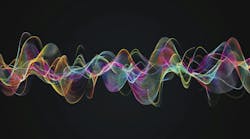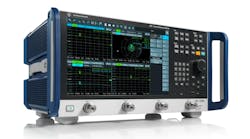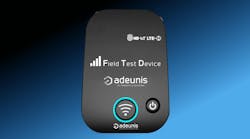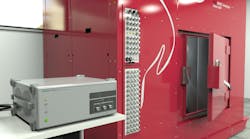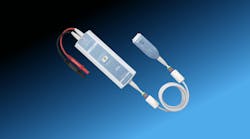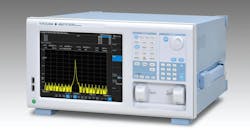Measuring Advances in Military Test Equipment (.PDF Download)
Greater complexity in military electronic systems requires more capabilities in the measurement equipment used to test those systems. Consequently, various market studies predict healthy growth for at least the next five years for test equipment aimed at specific markets within military electronics, such as mobile radio testing and aviation test equipment. Mobile radios are being designed smaller and lighter with multiple frequency bands and modulation formats, while aviation testing must account for the increased use of robotic and automated systems as well as RF/microwave and digital electronics systems.
In the case of mobile radios, single models are being designed with multiple modulation formats, switchable bandwidths, and increased frequency ranges that must be covered by candidate test instruments. Aviation testing involves a wide range of measurements, from characterizing communications and GPS radios to checking brakes, hydraulic systems, and vacuum integrity. Increasing use of military unmanned aerial vehicles (UAVs) is a main driver behind the expected growth in demand for electronic test equipment aimed at aviation systems. Major customers for test equipment in these two military market areas are expected to be Boeing, General Electric, Honeywell, Lockheed Martin, and Rockwell Collins.
Test equipment for evaluating the RF/microwave performance levels of mil/aero systems and their components covers a wide range of frequencies and functions due to the diversified nature of military electronic systems. An analyzer that can digitize and accurately display the key parameters of a radar pulse may not be the best choice for deciphering the characteristics of a secure radio communications system.
Leading suppliers of test equipment for military electronic applications are quite aware of the needs of military specifiers. They are continually evaluating available high-frequency technologies for what might form the basis for next-generation test equipment. Their efforts result in constantly improving test gear for the two main measurement functions needed to characterize military electronic systems: signal generation and analysis.


